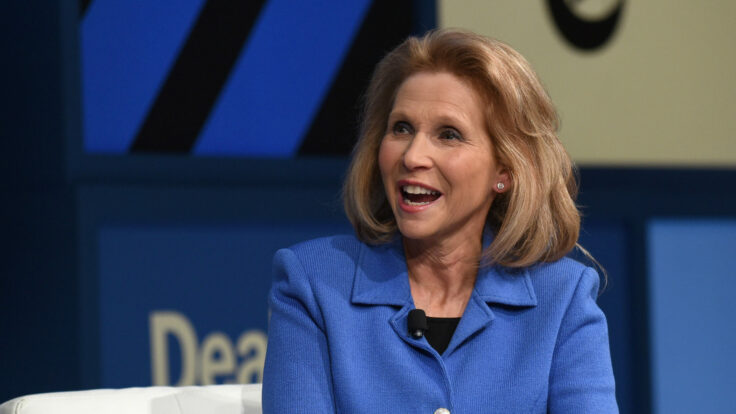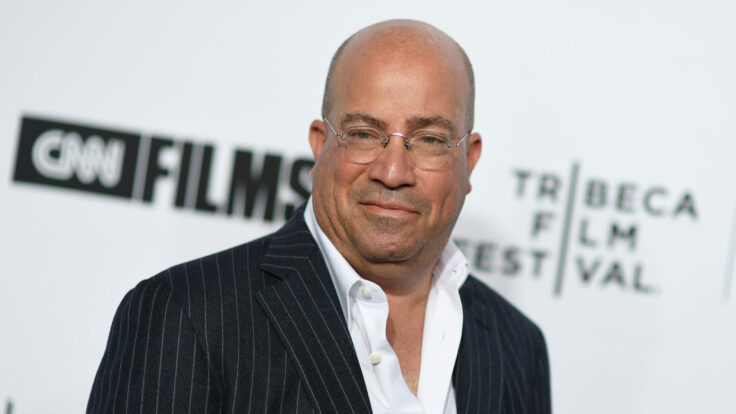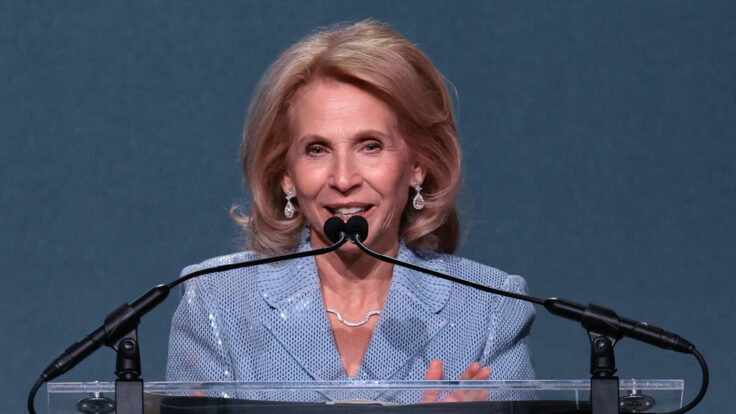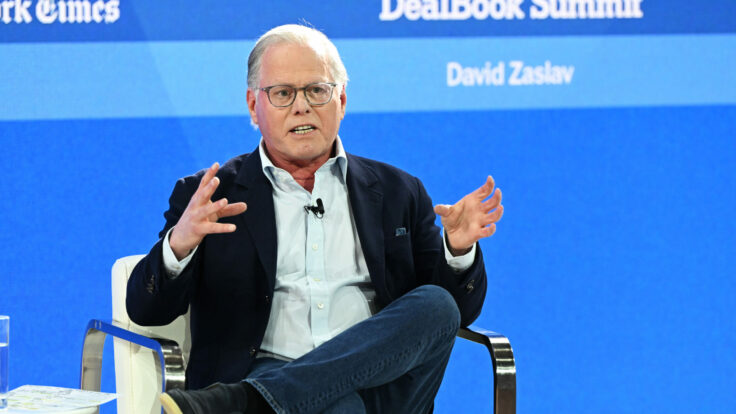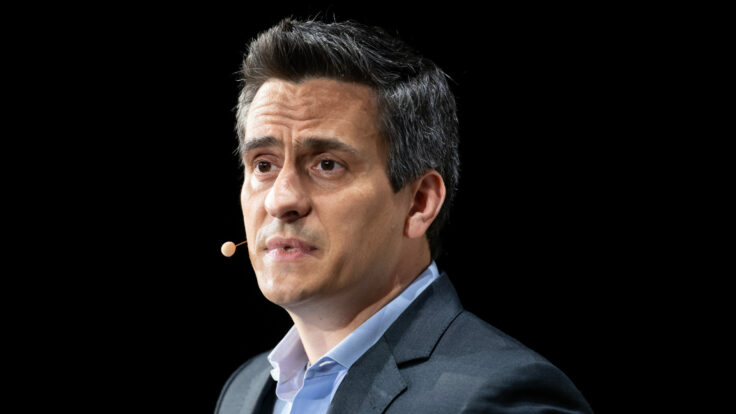In June 1995, Fortune reported that an “envelope exists” with the names of “two or three” GE executives who would be “capable of immediately taking over” for Jack Welch if he were to become incapacitated. Succession was in the air. But Jack had an intense aversion to the process by which Reg Jones, his predecessor, had selected him. He didn’t mind creating a competition obviously—much of his reputation was built upon the succession of growing earnings every quarter—but what he would not do was bring the finalists to GE’s Fairfield headquarters and have them duke it out in front of him for a year or two. He had hated that Jones did that to him and the other finalists, and he wasn’t going to repeat Jones’s mistake. “It was torture,” Jack told me. “I didn’t like it.”
The possible successors in Jack’s mind eventually boiled down to a short list of impressive GE executives: Dave Calhoun, 41, the head of lighting; Dave Cote, 46, head of appliances; John Rice, 42, head of transportation systems; Robert Nardelli, who in 1996 had become head of GE’s struggling power business; Jeffrey Immelt, who was then running GE’s medical equipment business; and Jim McNerney, who was then running GE’s jet engine manufacturing business.










